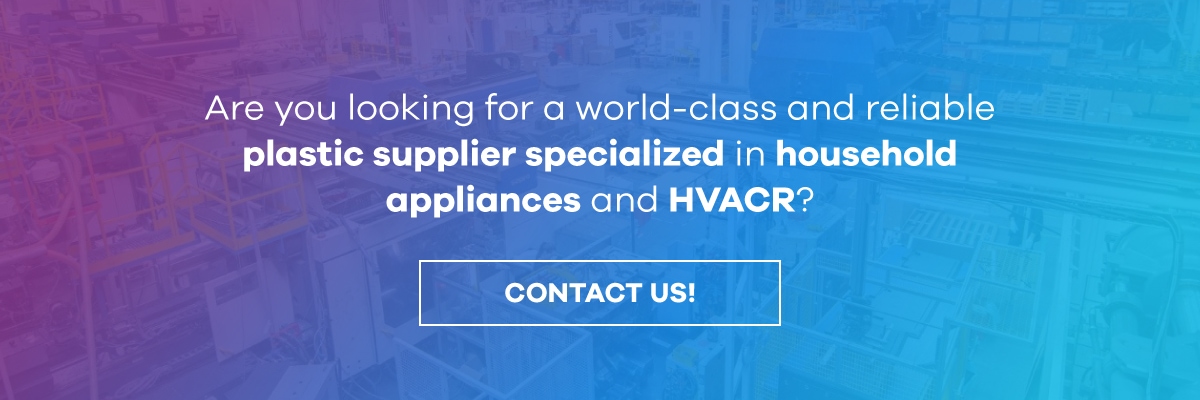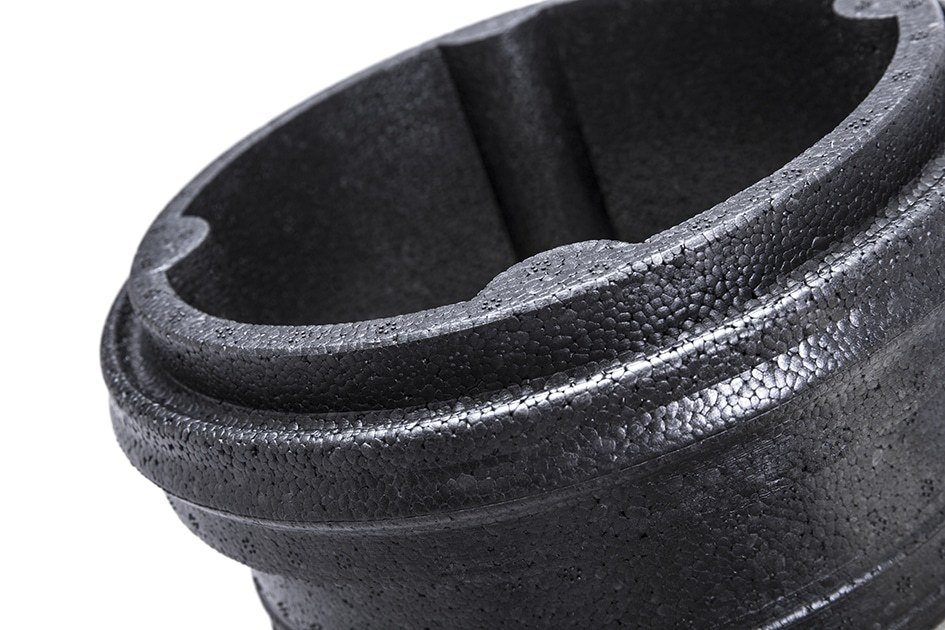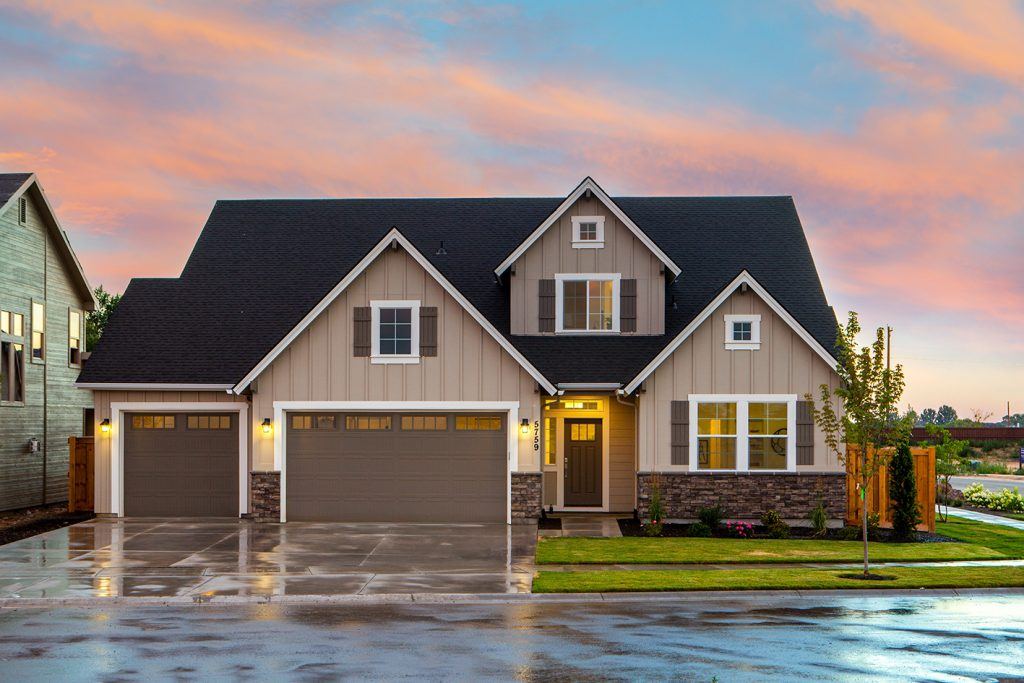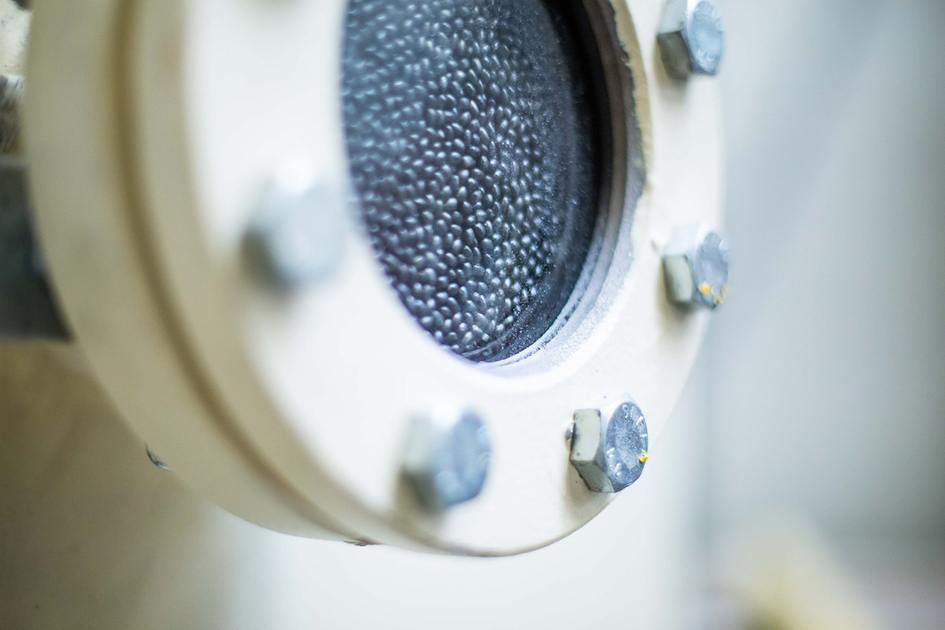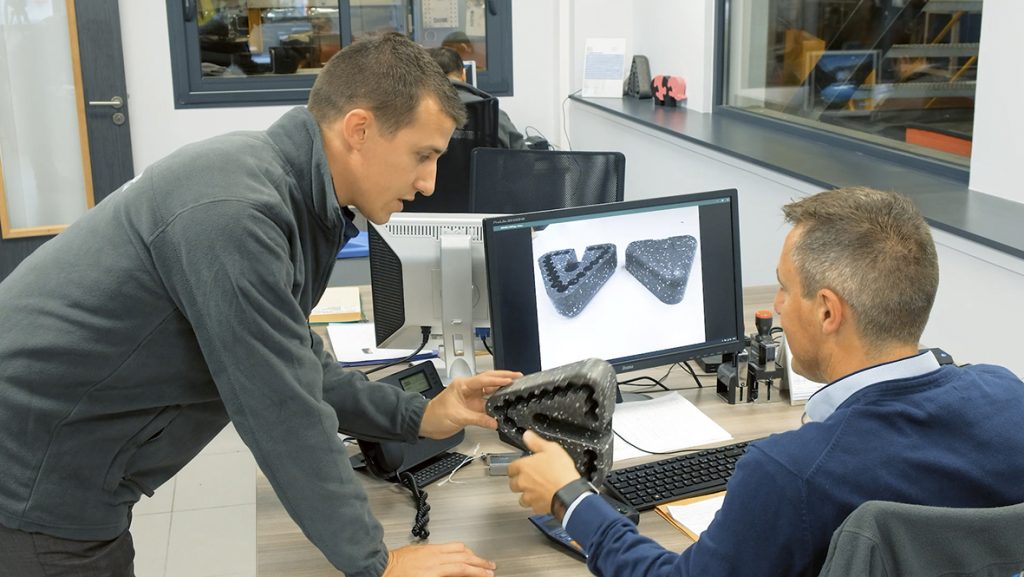The hunt for sustainable HVAC systems comes at a time when governments, citizens and manufacturers alike have seen the undeniable benefits of striving for efficiency in these structures.
This search can take different shapes, from using more efficient equipment (including geothermal heat pumps and gas furnaces), to refining processes, such as employing low-GWP refrigerants. The choice of efficient materials also plays a key role in optimizing HVAC sustainability.
Generating more sustainable HVAC systems constitutes an important opportunity for this industry. In fact, the HVAC equipment market is expected to grow at 5.3% CAGR between 2021 and 2026 according to data by Mordor Intelligence, a boost that must be driven by reducing these systems’ environmental footprint.
Why are sustainable HVAC systems important, what is the current legislation around these systems and how can companies make their equipment more sustainable? Keep reading to find out.
Find out more about sustainability at Knauf Appliances
Why sustainable HVAC systems are necessary
- Sustainable HVAC systems equals less polluting emissions and less fossil fuel burning. As efforts around the world are made to cut down energy consumption and choose greener alternatives, HVAC sustainability can be achieved, minimizing greenhouse gas footprints.
- Money saving in operating and maintenance costs. Efficient, sustainable HVAC systems mean energy expenses and energy waste are cut down.
- Improved comfort in buildings, as temperature regulation is easier. This is enhanced when sustainable HVAC systems are paired with automation and smart solutions, including IoT networks.
The role of HVAC systems in the energetic crisis
The importance of sustainable HVAC systems in achieving carbon-neutral cities and minimizing energy consumption shouldn’t be underestimated.
Some figures help get a real picture of these structures’ role in the energetic crisis. For instance, it’s calculated that hot water and heating generate 42% of New York City’s greenhouse gas footprint.
Additionally, a report by the Rocky Mountain Institute pointed at the need to eliminate most of the burning of natural gas, oil and propane in the U.S.A in order to reach “deep decarbonization” goals and reduce greenhouse gas emissions by 75%.
While these two statistics speak of the U.S.A’s particular situation, they can be extrapolated to most cities around the world to understand the importance of HVAC sustainability.
HVAC sustainability: European regulations and legislation
The crucial role of HVAC systems in the energetic crisis and climate change is pushing national and international regulators to focus on these structures.
With the aim of achieving HVAC sustainability and reducing these systems’ energy consumption and impact in global warming, a number of European rules have been developed:
- Energy Performance of Buildings Directive, which established the need to renovate building structures and guarantee new buildings’ thermal performance. With a vision to “decarbonise the national building stocks by 2050”, this legislation introduced minimum energy performance requirements and encouraged long-term renovation plans, among other measures.
- Energy Efficiency Directive, which established energy efficiency targets and the relevant measures to achieve them, among other things.
- F-gas Regulation, which aims to reduce the emissions of f-gasses while promoting climate-friendly alternatives. Regarding HVAC systems, this measure affects HFCs, banning them from stationary refrigeration systems, domestic refrigerators and freezers and in commercial domestic refrigerators and freezers.
- Ecodesign Directive, aiming at introducing eco-design initiatives for energy-related products
- Energy Labeling Directive, which introduced a new energy labelling scale and the need for suppliers to register their appliances in the European Product Database for Energy Labelling (EPREL).
- RES (Renewable Energy Source) Directive, which established energy action plans to move from fossil fuels to alternative, renewable energies.
These legislations combine with a number of incentives that are motivating building owners and HVAC manufacturers to integrate efficiency and sustainability into their systems.
The whole HVAC market is thus shifting towards more environmentally-friendly models which, as a result, are also paving the way to this industry’s growth.
At the same time, increasing transparency about each equipment’s efficiency has led to the creation of standards such as ISO 1405:2006, which aims to promote environmental labels and declarations such as the PEP ecopassport® Program.
R-EPP and R-EPS: the products to make more sustainable HVAC Systems
R – EPP and R-EPS: What are they?
The abbreviations R-EPP and R-EPS stand for the recycled materials derived from expanded polypropylene and expanded polystyrene respectively.
Through various recycling processes, these cellular plastic materials are recycled and turned into fully-functional materials that preserve their thermal insulation and lightweight properties which make them perfect for sustainable HVAC systems.
As such, these materials present a number of insulation applications for the HVAC industry: they can be incorporated into ducts, pipes, pumps, hydraulic systems and water heaters to enhance these parts’ insulation.
Why are they sustainable?
- Their manufacturing process presents a small carbon footprint compared to other materials.
- They promote the upcycling of materials. Instead of turning used EPP and EPS parts into waste, R-EPP and R-EPS give a new life to these and generate circular economy models.
Why use reusable plastics in HVAC systems?
- Outstanding thermal insulation properties, which enhance the system’s efficiency and help avoid energy loss
- Acoustic insulation properties
- Lightweight
- Durable and resistant
- Design versatility, as they can be employed to design custom components
- Sustainable and part of circular economy, which promotes reusing schemes to reduce waste
Knauf Industries and its commitment to the environment
At Knauf Industries we provide companies with sustainable, efficient materials to help them generate sustainable HVAC systems, including EPS, EPP, R-EPS and R-EPP.
At the same time, we’ve developed our Knauf Circular® program to give EPP a new life, guaranteeing EPS waste is collected and recycled into new products.
These initiatives put Knauf Industries at the center of the industries’ efforts to become more sustainable while complying with current legislation and consumers’ demands for HVAC sustainability.
Want to learn more about sustainable HVAC systems and how to achieve them? Get in touch with us.